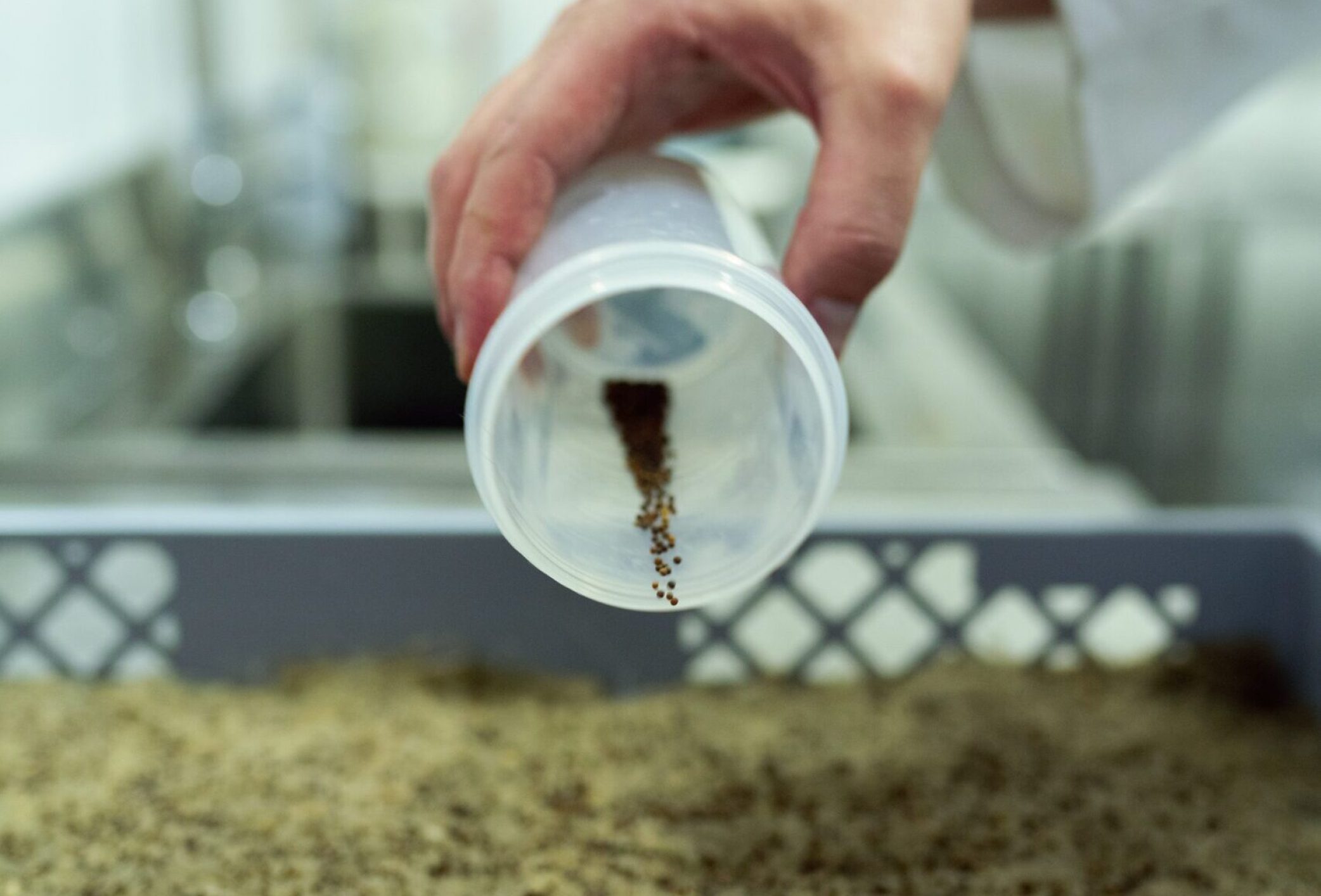20th, February, 2023
First published work in the field of nutrition

1. The development of know-how as Feedect's cornerstone
Given the innovative nature of Feedect's business, the continuous development of know-how is part of the company's DNA and day-to-day business.
2. Collaborating with the ICTA of the UPV in animal nutrition
Feedect collaborates with ICTA since its inception, especially on issues related to animal nutrition, where ICTA is a reference centre at national and European level.
For this reason, in most cases, the work carried out jointly has focused on the nutrition of Tenebrio molitor larvae.
3. The first joint publication
One of the first joint studies aimed to quantify the impact of the inclusion of moist raw materials (e.g. fruit and vegetable waste) in the diet of Tenebrio molitor larvae.
This work was finally published in the Journal of Insect Science and can be consulted via the following link.
3.1. On what basis was the study carried out?
In general terms, the study sought to analyse the impact of the use of wet raw materials in the diet and the following was carried out:
- Various wet ingredients were studied as supplements to the base diet, composed of wheat bran.
- The study was carried out from the stage of imagos (beetles, breeders) including egg laying, hatching and fattening up to the final larval stage with the appearance of the first pupae.
- Digestibility tests were also carried out on the different diets supplied.
3.2. The main findings of the study
In the study carried out, better digestibility coefficients were observed in Tenebrio molitor individuals supplemented with wet ingredients, especially in the one in which detritus carrots were used.
Despite this, variations in the diets did not produce significant changes in the nutritional parameters studied. In this sense, crude protein levels were not affected by dietary variations, although there were some variations in the composition of amino acids and fatty acids.
3.3. Insect meal compared to other alternative protein sources
One of the first joint studies aimed to quantify the impact of the inclusion of moist raw materials (e.g. fruit and vegetable waste) in the diet of Tenebrio molitor larvae.
This work was finally published in the Journal of Insect Science and can be consulted via the following link.
4. The importance of research in the field of nutrition
The conclusions of this study highlight the need to continuously create know-how in innovative production models. In the particular case of Feedect, nutrition is a fundamental pillar within its production model, as the Tenebrio molitor larvae rearing process is the basis of the same.
Continuous work on its optimisation is essential to achieve a scalable and efficient production model that allows access to an increasing number of markets.